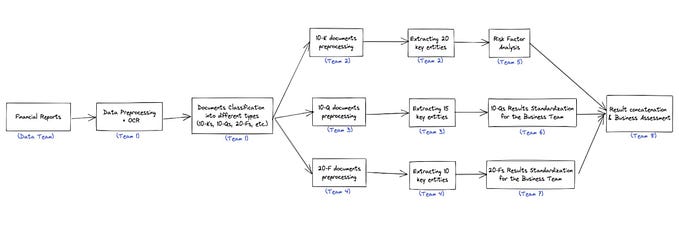The Man in the White Suit or Towards a Sustainable Textile Industry
Following a documentary about the history of English films, notably Ealing Studios with classics such as Passport to Pimlico (1949), The Lavender Hill Mob (1951), and The Ladykillers (1955), one film intrigued me in particular: The Man in the White Suit (1951).
In what is meant to be a comedy, a gifted chemist invents an everlasting synthetic fibre to be woven into an everlasting fabric from which everlasting clothes can be manufactured that won’t wear out or stain and repel dirt (including dye, which is the reason for the cloth remaining white). Despite initial enthusiasm for the invention, both workers and management realise soon the devastating consequences for the textile industry. They share a common interest in preventing the invention becoming successful and in maintaining the status quo. They are tearing the already disintegrating white suit into shreds at the end of the film.
What makes the concept of an everlasting fabric interesting to me is not only the increased labour productivity and its social and economic consequences in a growth based economic system; it is the potential for a decrease in resource intensity of one industry as an example for a possible future in a steady state economic system on a finite planet.
Economic Context
According to “Global gross domestic product (GDP) at current prices from 1985 to 2028” the world economy crossed the $100 trillion per year threshold in 2022, reached $104.5 trillion in 2023 and is forecast to grow 5% per annum, i.e. continued exponential economic growth (with GDP as metric). Being part of the total global economic output, the textile industry accounted for $1.84 trillion in 2023, as reported by Textile Market Size, Share & Growth Analysis Report, i.e. about 1.76% of the global economy in that same year. In addition, this industry is projected to enjoy an annual growth rate of about 7%, stated in the same publication. Growth is mostly driven by increasing apparel demand in fast fashion that leverages the importance of appearance in consumer’s life styles as encouraged by social media platforms and constant exposure to advertising.
Such are the numbers, music to the ears of politicians and economists believing in everlasting economic growth, again as measured by GDP. However, what about the sustainability aspect of this industry in the context of a world with finite resources? The Ellen McArthur Foundation has produced an interesting post on Fashion and the circular economy which points out the issues with the current linear or one-way fast fashion industry, consuming considerable natural resources (e.g. land, water and fertiliser to grow cotton), and wasting products through incineration or landfill after a very short life span (very low utilisation of products), not to mention the resulting micro-plastics endangering all marine life.
Thought Experiment
Suppose, an everlasting synthetic fibre (and for the sake of argument, one that can be dyed at some stage in the production process) is being invented in the course of this year, ready for production in 2025. The $1.84 trillion contribution of the textile industry to the global GDP is at risk to become obsolete and, with everything else being the equal, the global economy would be predicted to contract by about 1.76%. How could that pan out? Would there be an opportunity or silver lining?
In the worst case, after an initial economic surge when all new everlasting fabric is being produced, the majority of the current textile industry becomes redundant, leaving only a fraction of the industry intact that deals with refurbishment, redistribution and recirculating of existing fabric. Very little new fabric would have to be produced to replace damaged cloth that is beyond repair. This evolution is equivalent to an enormous gain in labour productivity. A new economic equilibrium would be reached after a rough transition phase with a combination of the following:
- a drop in GDP, and in particular in some countries that rely heavily on the textile industry, accompanied with a drop of income with all social repercussions (as feared by all parties in the film);
- substitution and displacement of work force into different and new industries like it has happened in the course of history numerous times, whenever a new means of production has been introduced.
Circular Textile Industry
The concept of the everlasting fabric is powerful as this extreme situation prompts thinking about and imagining alternative economic models for the textile industry beyond the linear growth model. There does not have to be a revolution or a collapsing industry; there can be an evolution towards a new economic model, e.g. the circular economy for fashion as pointed out in Fashion and the circular economy which includes concepts such as:
- high quality and durable fabric which allows longer life span;
- use renewable resources as inputs and feedstock;
- better use of the embodied energy;
- fewer pollutants if any.
New alternative business models can flourish around the circular concepts such as cloths rental and resale models, i.e. “shift the perception of clothing from a disposable item to a durable product”.
Beyond Textiles
The proposed circular economic model is an important evolutionary step, necessary but not sufficient; it still perpetuates the classic model of economic growth (as measured in GDP) built into our societies (e.g. think of pension funds). Even if the textile industry, or any other industry for that matter, does become circular, energy is still needed for any transformation of matter as well as a minimum of natural resources. Complete decoupling of economic growth and resource consumption can never happen; a growing economy will always require a growing material basis to some extent, too. This is a contradiction to a planet with finite resources. Therefore, a more systematic change is needed:






